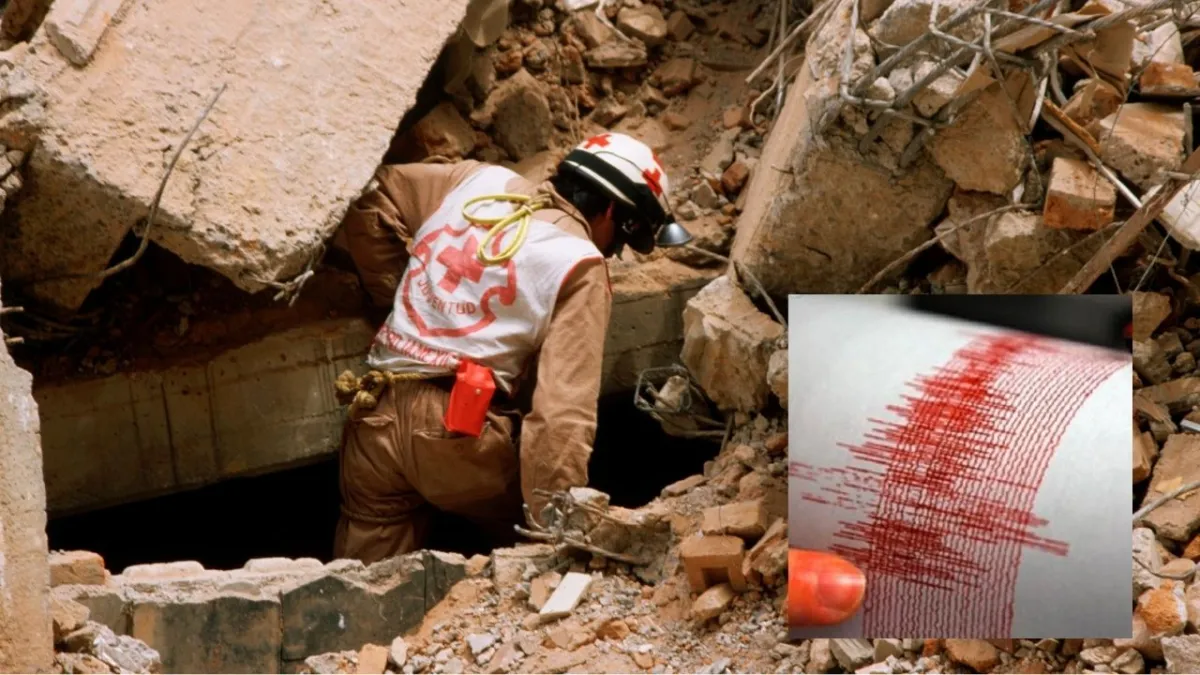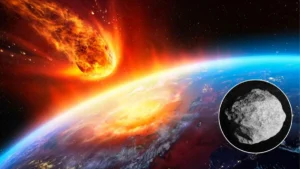
Throughout history, humanity has witnessed numerous natural disasters that have left an indelible mark on collective memory. These events, including earthquakes, tsunamis, hurricanes, volcanic eruptions and pandemics, have caused large-scale devastation, claiming the lives of millions of people and altering the course of entire civilizations.
Natural disasters not only pose an immediate threat to life and property, but also have long-term effects on the economy, infrastructure and social fabric of affected communities. The resilience and adaptation capacity of societies in the face of these disasters has been tested time and again, revealing both human vulnerability and the resilience and ingenuity to overcome adversity.
>>> We recommend: What would happen if the Nevado del Ruiz volcano erupts? These would be the effects
The earthquake that killed more than 800 thousand people
On January 23, 1556, Shaanxi province, China, witnessed one of the most devastating events in human history: the Shaanxi earthquake. This earthquake, also known as the Great Jiajing Earthquake, is considered the deadliest day in the history of the Earth, with a death toll of more than 830,000 people.
Shaanxi Province, located in northwest China, is a region with a long history and varied geography that includes mountains, plateaus and valleys. In the 16th century, this area was densely populated, with many people living in caves dug into the mountainsides, known as yaodongs. These structures, although practical and economical, turned out to be extremely vulnerable during the earthquake.
The Shaanxi earthquake occurred in the early hours of January 23, 1556. With an estimated magnitude between 8.0 and 8.3 on the Richter scale, the quake devastated an area approximately 520 miles wide, severely affecting Huaxian, Weinan and Huayin counties. The intensity of the earthquake was such that many of the yaodongs collapsed instantly, trapping and killing their inhabitants.
The United States Geological Survey (USGS) mentions that during the earthquake approximately 300,000 deaths were recorded in a matter of seconds. Most of the people who survived the initial collapse of the structures died in the hours and days that followed due to injuries, lack of shelter, and extreme winter conditions.
Additionally, the earthquake caused fires that spread rapidly, destroying even more homes and resources.
The consequences of the Shaanxi earthquake were devastating and far-reaching. Immediately after the earthquake, the region faced major famine due to the destruction of food reserves and the disruption of supply routes. The lack of food and drinking water, combined with low winter temperatures, resulted in the deaths of thousands of additional people.
Source: https://www.noticiascaracol.com/mundo/ni-bomba-atomica-ni-tsunami-tragedia-con-mas-muertos-en-la-tierra-se-dio-por-otra-razon-so35


